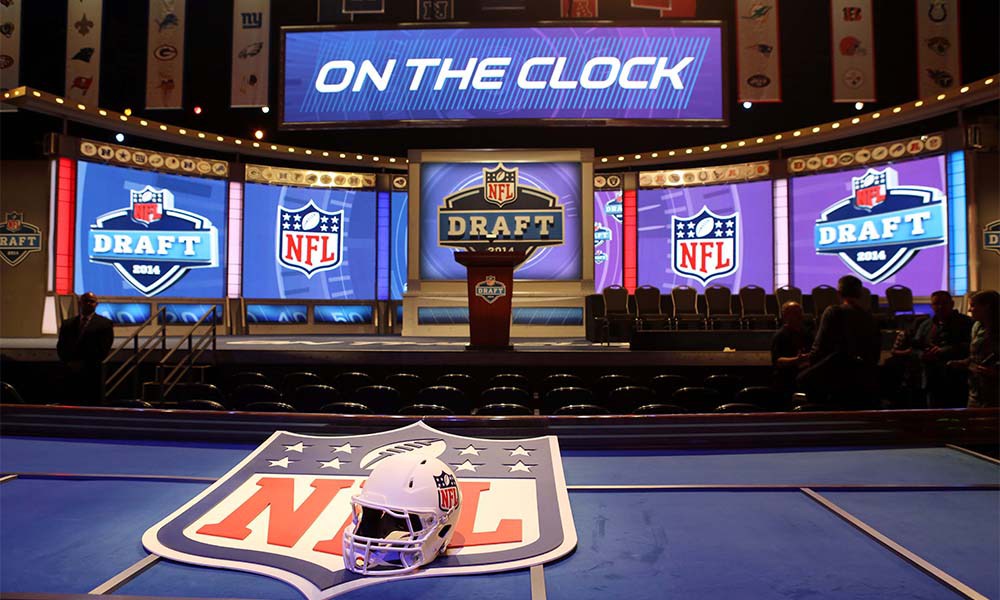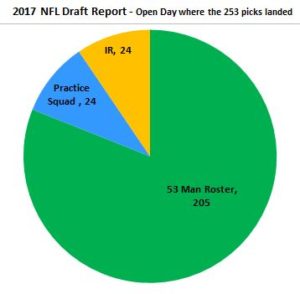
By Justin VanFulpen
True in the NFL it is all about can you play the game at a high level and it is about the film and as they always say “the eye in the sky can’t tell a lie” but there are other factors that make up a player draft stock that has nothing to do with your skill as a player. There are a lot of things that are out of players control but there are many that it comes down to choices.
Effort/Hustle – Going 100% on every play doesn’t have anything to do skill. Having a high motor and giving hustle and effort on every play is only a positive and is something that a player can control.
Football IQ – Film study, knowledge of your opponent, what are his tendencies, knowledge of your scheme and the purpose of each play, knowledge of the rules, all of these things it doesn’t matter how athletically gifted you are as a player.
Failed Drug Test – As a player you might not thing that this is a big deal but it is something that can hurt you with NFL teams and is something that as player you have control over.
Domestic Violence/ Violence against Women – There are many documented cases that has affected guys draft status including last year with running back Joe Mixon (Cincinnati Bengals). Even with this happening a few years ago many teams took him off their draft board and he dropped a lot further in the draft then many people had him graded on film.
Association – When NFL teams are doing their due diligence investigating player’s back-grounds they are interested in who the player hangs with off the field and do any of these people present red flags. They are wondering if by associating with these people will the player be affected to making some bad decisions?
Social Media – Monitoring and reviewing player’s social media has become a big time in the recent years. Scouts are looking to see what the prospect is posting on these platforms (Twitter, Facebook, Snapchat, Instagram). They are looking for is the player posting about football? Some of the red flags they are looking for is the prospect posting about Guns, Violence, Drugs, Alcohol, etc.?
Medical – This is one that a prospect doesn’t have much control over, in football injuries happen, and they do have an effect on prospect draft grade. What a prospect does have is when the injury does happen how hard to they attack the rehab, also what are you doing as far as injury prevention?



 By Justin VanFulpen
By Justin VanFulpen
